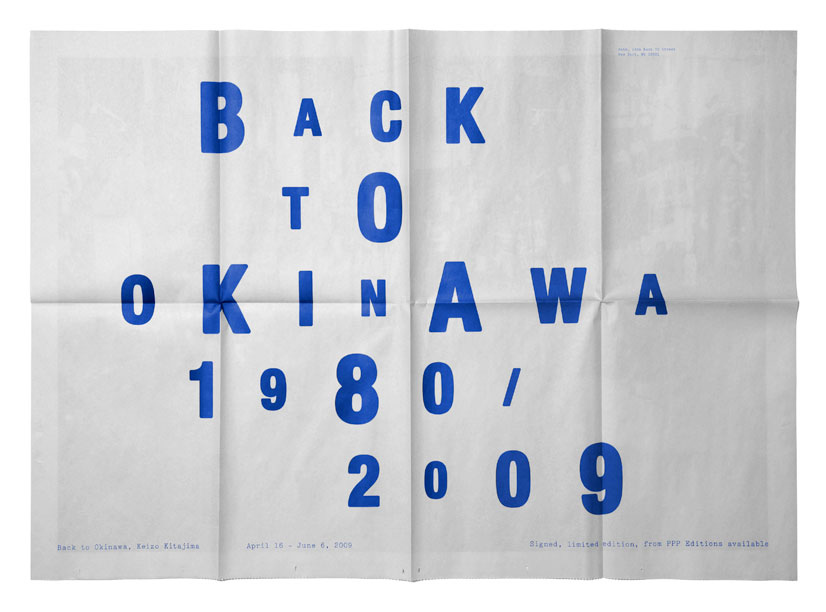Keizo Kitajima
Back to Okinawa 1980/2009
April 16 - June 6, 2009
Andrew Roth is pleased to present “Back To Okinawa 1980/2009” by Keizo Kitajima. On view is a selection of ten photo-silkscreens accompanied by a limited-edition book.
In 1980, Keizo Kitajima, a recent student from Daido Moriyama’s Workshop, photographed the nightlife in Okinawa. He preferred the clubs and bars in Koza, the red-light district, situated near Kadena, the American Air Force Base. Koza was a hub for American military throughout the 1950s (it flourished during the Vietnam War and no longer exists), although Okinawa and its citizens are still deeply impacted by the American military presence. In the tradition of Watanabe Katsumi, Kitajima made his living by selling photographs to his subjects. It was most profitable for him on paydays.
As there were few galleries for photographic exhibitions in Japan, Kitajima planned to self-publish the photographs he made in 1980 as Photo Express Okinawa, a bi-monthly periodical; he realized merely four volumes. Each volume concentrates on a specific time frame during a single month (e.g., January 1-15), much like a visual diary. The publication resembled Moriyama’s Kiroku [Record](1972-73) that was also self-published: thin volumes with multiple image-bleeds throughout, including the front and back covers.
There are no surviving photographs or negatives from this body of work. The images in this show and the accompanying limited edition book, Back To Okinawa 1980/2009, were generated by scanning the material from the rare, original volumes. Back to Okinawa affords us the opportunity to view this material fresh. Ten silkscreens were issued and every image from the four volumes was reedited into the new publication. Kitajima has added a short text, translated into English, which illuminates his development as a young photographer and his experience in Okinawa.
He states: “Affection, hatred, rejection, acceptance: everything was there in Okinawa and nothing was a given. I wanted to make photographs that transcended all that … My generation was profoundly impacted by America. It is impossible to objectify my feelings about it.”





